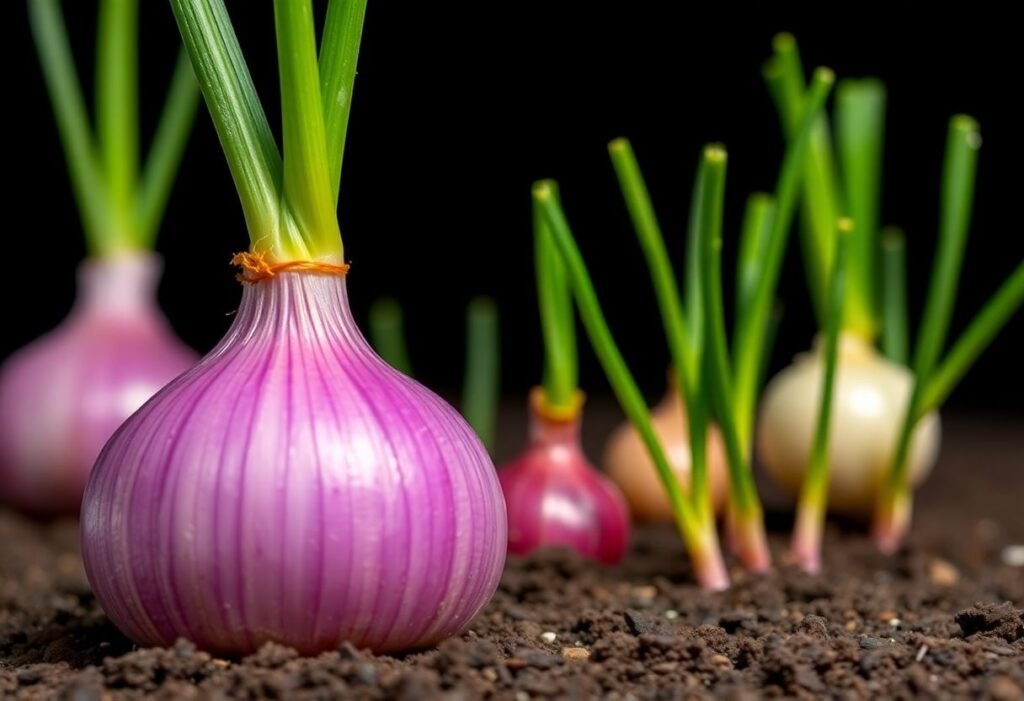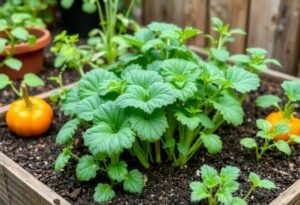Optimal Timing for Transplanting Onions
Timing is everything when it comes to transplanting onion seedlings. The best time to do this is typically in the spring months, once the threat of frost has passed and the soil temperature starts to rise. Generally, this occurs when outdoor conditions reach around 50-60 degrees Fahrenheit.
Age of Onion Seedlings: When to Transplant?
Your onion seedlings should be around 2-4 inches tall before you consider transplanting them. When these plants grow to that height, it signifies they are ready for relocation, providing stability and a conducive environment for further growth. Smaller plants may struggle to adapt to new surroundings, jeopardizing their development.
Preparing the Site for Transplanting Onions
Before you decide on transplanting onion seedlings, it’s essential to prepare the right site. Look for a sunny spot that receives at least 6-8 hours of direct sunlight. The soil should be rich and well-draining. Remember to dig holes deep enough to accommodate their roots comfortably.
Essential Tools for Transplanting Onions
Gathering the right tools is key to a successful gardening experience. For transplanting onion seedlings, you’ll need a spade, hoe, and pots or containers for transporting the plants. A skilled gardener always ensures they have water on hand to moisten the soil post-transplant.
Step-by-Step Guide to Transplanting Onions
Transplanting onions is not complicated when you follow specific steps. First, carefully dig up seedlings from their original site. Then, place them in the prepared holes while maintaining adequate spacing, usually 4-6 inches apart. Finally, give them a good watering to help with acclimatization.
Caring for Onion Seedlings After Transplanting
After transplanting onion seedlings, it’s crucial to provide the right care. Ensure they are watered consistently, but not overly – too much water can harm their roots. Applying mulch can also help retain moisture and reduce weed growth.
Common Issues with Transplanting Onions
Despite our best efforts, transplanting onion seedlings may come with its challenges. These can range from plant diseases and pest issues to unfavorable weather conditions. It’s essential to stay vigilant and regularly check the health of your plants so you can respond quickly if needed.
Conclusion
Understanding when to transplant onion seedlings is a crucial step in achieving gardening success. Remember that the right timing, location, and care after transplanting play significant roles in the overall health of your plants. If you focus on these aspects, you’ll surely reap the rewards of flourishing onions. Don’t let your plants wait; prepare today and embark on your onion-growing journey!
Disclaimer
This article is for informational purposes only. Always consult with a gardening expert before undertaking any plant growing actions.

















